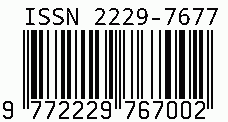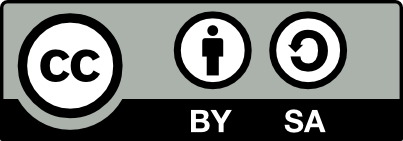
International Journal on Science and Technology
E-ISSN: 2229-7677
•
Impact Factor: 9.88
A Widely Indexed Open Access Peer Reviewed Multidisciplinary Bi-monthly Scholarly International Journal
Plagiarism is checked by the leading plagiarism checker
Call for Paper
Volume 16 Issue 4
October-December 2025
Indexing Partners



















The City as a Character: Rajasreesvariyar’s The Daughters of Madurai as a Symbol of Tradition and Conflict
| Author(s) | Prof. Dr. A. SHARAN BALAJI |
|---|---|
| Country | India |
| Abstract | This paper discusses the literary portrayal of Madurai. It goes from being a topic of colonial-era descriptive literature to a more complex setting in modern fiction that explores social and cultural conflict. In early English writing, British administrators like James Nelson wrote historical guides and travelogues about Madurai as if it were a strange and interesting historical relic. The Meenakshi Amman Temple has been made a symbol of old Dravidian culture and religious glory by these sources, which go into great detail about the city’s architectural wonders. On the contrary, Madurai is a lively setting for modern writing, especially works by Indian writers who have left India to write in other countries. Rajasree Variyar’s novel The Daughters of Madurai, for example, uses the city’s history and customs to show how bad patriarchy and killing girls as babies are. This change shows that the person is moving from being interested in the city’s landmarks as an outsider to being critical of the city’s social rules on a personal level. This makes it a powerful symbol of both cultural continuity and change. |
| Keywords | Madurai, childhood experience, past memories and modern life, as insider-outsider paradox |
| Field | Arts |
| Published In | Volume 16, Issue 4, October-December 2025 |
| Published On | 2025-10-09 |
| DOI | https://doi.org/10.71097/IJSAT.v16.i4.8539 |
| Short DOI | https://doi.org/g97s49 |
Share this


CrossRef DOI is assigned to each research paper published in our journal.
IJSAT DOI prefix is
10.71097/IJSAT
Downloads
All research papers published on this website are licensed under Creative Commons Attribution-ShareAlike 4.0 International License, and all rights belong to their respective authors/researchers.

